Resting in a lush green valley of hills and rice paddies, Bhutan’s capital city of Thimphu is the country’s commercial and religious hub, and is known for its interesting fusion of ancient and modern elements. Historical architecture and ancient traditional elements juxtapose with contemporary buildings and sensibilities. The imposing, stately 350-year-old Tashicho Dzong Fortress is currently used as the administrative centre of the county, and is also the king’s office. Visitors can explore the gold-spired Memorial Chorten, a revered Buddhist shrine; see the intricate frescoes and slate carvings at Simtokha Dzong; and discover the Bhutanese way of live through exhibits and folk dances at the fascinating National Folk Heritage Museum. The city bustles with cafes, clubs and restaurants, thereby offering the best of old- and new-world charms.
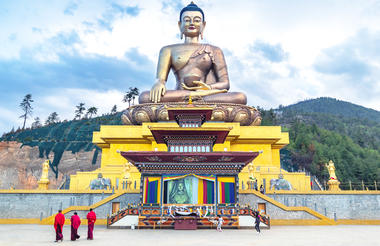
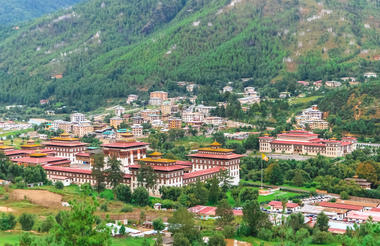
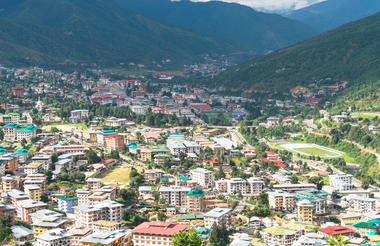
Located in the Himalayas of Bhutan, the Punakha rests at the confluence of the Puna Tsang Chhu and Mo Chhu rivers. This ancient Bhutanese capital serves as an excellent base from which to explore the scenic temple-dotted Punakha Valley and beyond. The town’s star attraction is undoubtedly the incredibly picturesque riverside Punakha Dzong, a 17th-century fortress which plays host to the annual religious Punakha Festival featuring traditional dancing and music. Lucky birdwatchers can spot the critically endangered white-bellied herons. Visitors can enjoy epic views of the Himalayas from the renowned Dochula Pass, explore the Royal Botanical Park, and discover the picturesque mountain-top village of Talo. Other popular activities include: hiking through the valley, visiting the Chimi Lhakhang ‘fertility’ Temple, and the traditional architecture of Punakha Ritsha Village.



The little village of Gangtey is located in the beautiful Phobjikha Valley, within the Wangdue Phodrang District in Central Bhutan. Set at an altitude of 3000 metres, and tucked away in an ancient glacial valley of lush greenery and cultivated farmlands, it serves as the perfect base from which to explore the spectacular surrounding wilderness. The village is home to several fascinating sites, namely the 17th-century Gangtey Monastery, the only Nyingmapa monastery on the western slopes of the Black Mountains. In winter, visitors can spot endangered black-necked cranes, which migrate from the Tibetan Plateau and the vast plains of Central Asia to this warmer corner of the world. The lucky few can enjoy the famous Tshechu Festival, a lively and colourful annual celebration featuring a vibrant mix of games, costumes, dancing and drumming.
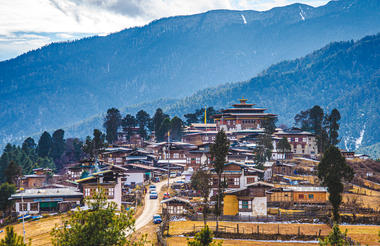
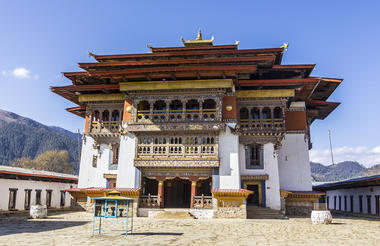
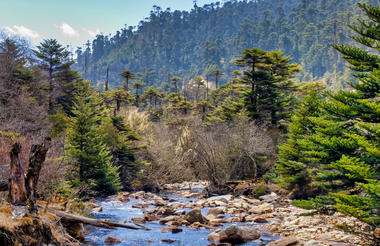
Sitting pretty at an altitude of 2200 metres above sea level, Paro is the gateway to beautiful Bhutan. Planes make an incongruous sight, flying low as they prepare for landing in this Himalayan oasis, home to many of Bhutan's oldest temples and monasteries. Resting on the banks of the Paro River, there is plenty to observe in this traditional town, from quaint farmhouses scattered across the valley to emerald green terraced paddy fields . For outdoor enthusiasts and adventure seekers alike, a great day excursion is to trek to the famous Tiger's Nest Temple, on the face of a sheer 1000-metre-high cliff. This acclaimed temple houses the National Museum, which shows hundreds of ancient Bhutanese artefacts and artwork. It's advised to do this at the end of a trip, once travellers have acclimatised.









